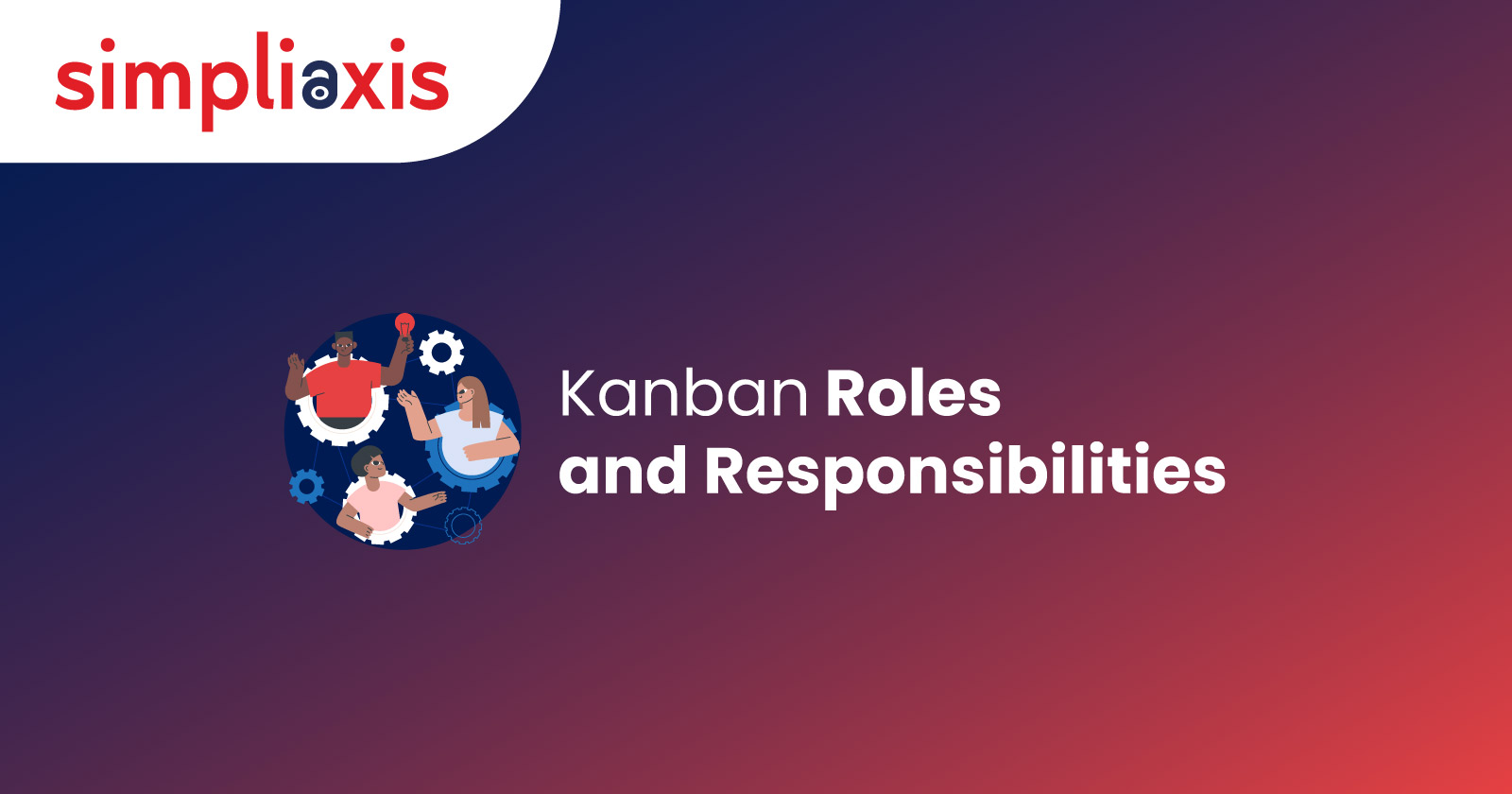Kanban is considered one of the best Agile approaches in the software and IT industry. It has been used since the 1940s and has proven highly effective for industrial purposes, making the workflow process more precise, accurate, functional, and efficient. While Scrum has the role of Scrum Master, many wonder if Kanban offers a specific role for Kanban Management in the workflow process.
Kanban is a popularagile methodologythat enables professionals to deliver customer value more
quickly and efficiently. Learn about the key responsibilities of a Kanban team leader and how they can facilitate workflow, improve collaboration, and promote continuous improvement. This blog will explore the key roles and responsibilities of the Kanban Team in today's landscape.
Objective of Kanban Roles
The primary objective of defining roles in a Kanban system is to ensure clarity and accountability. By establishing specific responsibilities, teams can work more efficiently, reduce bottlenecks, and continuously improve their processes. Each role within a Kanban team is essential for maintaining a smooth workflow, from setting up the board to monitoring progress and making necessary adjustments.
Principles of Kanban
Kanban is based on a few core principles. Understand theKanban Principle that guides its implementation and usage:
- Visualize the Workflow: By making the workflow visible, teams can better understand the progress and identify issues early.
- Limit Work in Progress (WIP): Limiting the amount of work in progress at any given time helps teams focus on completing tasks rather than starting new ones.
- Manage Flow: Continuous monitoring and managing the workflow ensure that tasks move smoothly from one stage to the next.
- Make Process Policies Explicit: Defined rules and policies help ensure everyone understands how to work within the system.
- Implement Feedback Loops: Regular feedback loops, such as daily stand-ups or reviews, help teams stay aligned and make necessary adjustments.
- Improve Collaboratively, Evolve Experimentally: Encouraging a culture of continuous improvement through small, incremental changes helps teams adapt and improve over time.
Kanban Board Basics
AKanban boardis an ingenious agile project management apparatus metal crafted to manifest work visibility, curtail work-in-progress, and optimize operational fluidity. This tool proves invaluable for both agile and DevOps contingents, facilitating the precise orchestration of their quotidian tasks. Utilizing cards, columns, and a doctrine of perpetual enhancement, kanban boards empower technology and service squads to pledge to a reasonable quantum of work, ensuring its consummation with alacrity.
A Kanban board is a visual representation of a team's workflow. It consists of several elements that help manage tasks from inception to completion:
- Visual Signals: A key feature of a Kanban board is visual cards, like sticky notes or tickets. Teams write each project or task on a card, usually one task per card. For agile teams, each card might represent a user story. These visual cards help everyone quickly see what the team is working on.
- Columns: Columns are another important part of the Kanban board. Cards move through these columns until they are completed. The workflow can be simple, like "To Do," "In Progress," and "Complete," or more complex with multiple steps.
- Work In Progress (WIP) Limits: WIP limits play a crucial role in setting the maximum number of cards allowed in one column at a time. For instance, if a column has a WIP limit of three, it cannot exceed this number. When a column is full, the team must complete those tasks before adding new ones. WIP limits strategically pinpoint bottlenecks, enhancing the workflow by indicating when the team is overloaded.
- Commitment Point: Kanban teams often have a backlog of ideas and projects. The commitment point occurs when the team begins working on a specific project from the backlog.
- Delivery Point: The delivery point is the final step in the workflow, where the product or service is completed and delivered to the customer. The goal is to swiftly move cards from the commitment point to the delivery point. The time it takes to do this is called Lead Time, and Kanban teams work to reduce this time to improve efficiency.
Also, Explore: Best Kanban Tools
Key Roles & Responsibilities of the Kanban Team
In an organization, if it is required to hire an external service delivery manager or assign an existing team member for the role, it is essential to define their daily duties and responsibilities. Here are the key roles typically found in a Kanban team:
- Team Members:
- Responsibilities: Team members are responsible for completing tasks, adhering to WIP limits, and collaborating to resolve issues. They pull tasks from the backlog as capacity allows and ensure the quality and timeliness of their work.
- Skills Required: Problem-solving, time management, collaboration, and domain-specific expertise.
- Service Delivery Manager (SDM):
- Responsibilities: The SDM oversees the flow of work, ensures adherence to WIP limits, and facilitates continuous improvement. They monitor the performance of the system, manage blockers, and ensure the team adheres to the Kanban principles.
- Skills Required: Leadership, analytical thinking, communication, and process improvement.
- Product Owner (PO):
- Responsibilities: The PO prioritizes the backlog, ensuring that the most valuable tasks are addressed first. They communicate the vision and goals to the team, gather requirements, and act as liaisons between stakeholders and the team.
- Skills Required: Stakeholder management, prioritization, clear communication, and strategic thinking.
- Kanban Coach:
- Responsibilities: The coach provides guidance on best practices, helps the team implement Kanban effectively, and fosters a culture of continuous improvement. They conduct training sessions and facilitate workshops to enhance the team's understanding of Kanban.
- Skills Required: Coaching, training, process improvement, and motivational skills.
- Stakeholders:
- Responsibilities: Stakeholders provide input and feedback on the work being done, ensuring alignment with organizational goals. They help define requirements and priorities, and their feedback is important for the continuous improvement of the process.
- Skills Required: Clear communication, understanding of business objectives, and collaborative mindset.
Also, check: Difference between Kanban & Scrum
Conclusion
Implementing Kanban roles and responsibilities effectively can transform the way your team operates, driving productivity and efficiency. By following the principles of Kanban and using a well-organized Kanban board, teams can visualize their workflow, limit work in progress, and effectively manage tasks. Clear roles within the team ensure accountability and foster an environment of continuous improvement, ultimately leading to better outcomes and a more streamlined workflow. Simpliaxis is one of the most popular Training providers for Kanban such as Professional Scrum with Kanban Training. Embrace Kanban to empower your team and achieve your business objectives with greater clarity and efficiency.













 +1-361-998-9988
+1-361-998-9988


